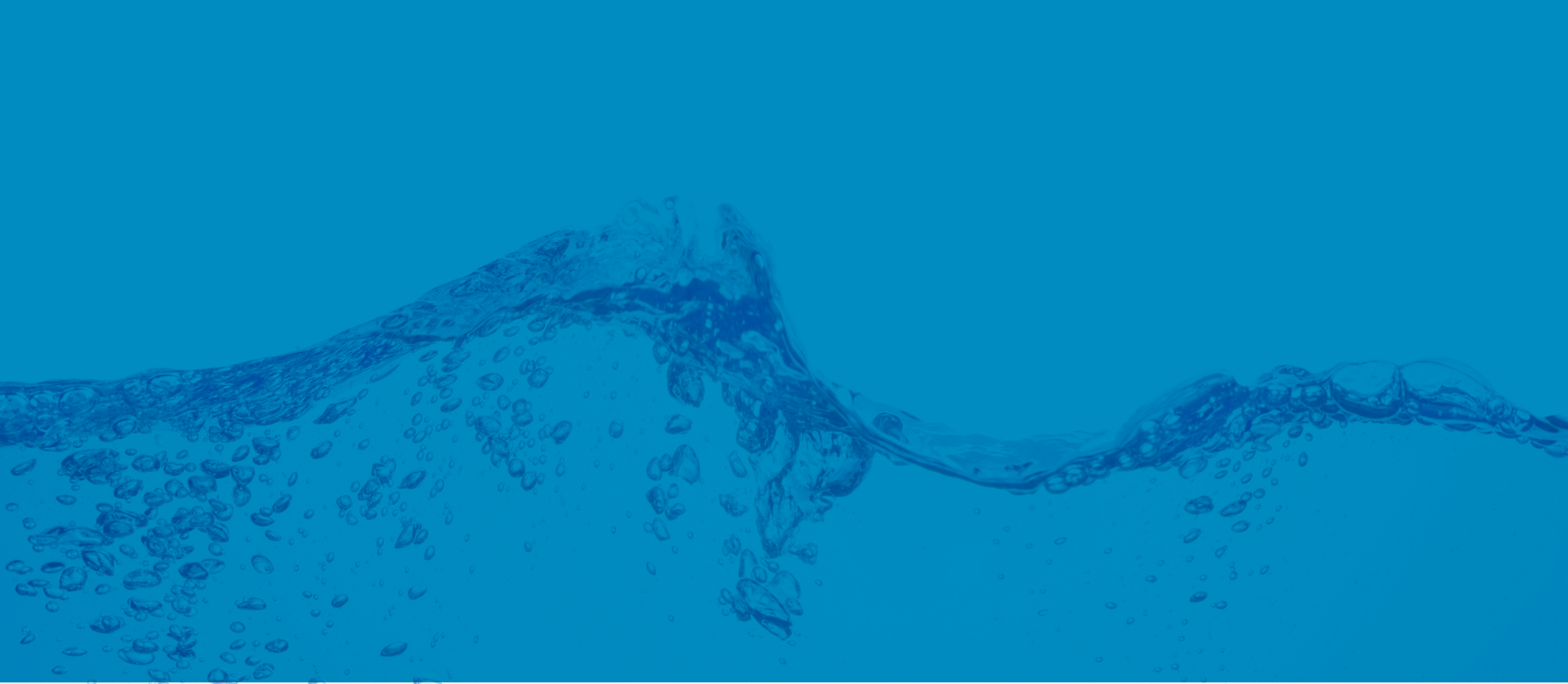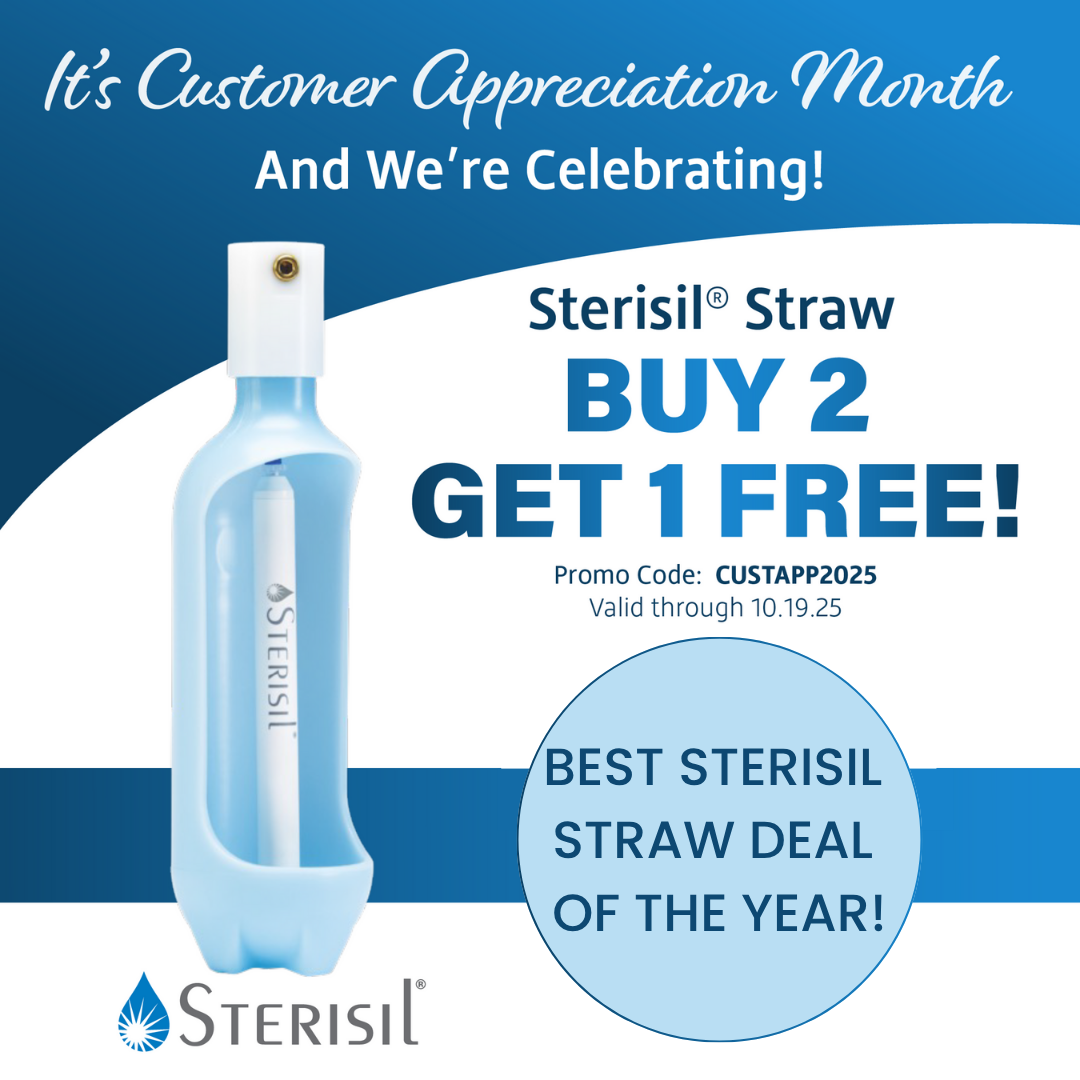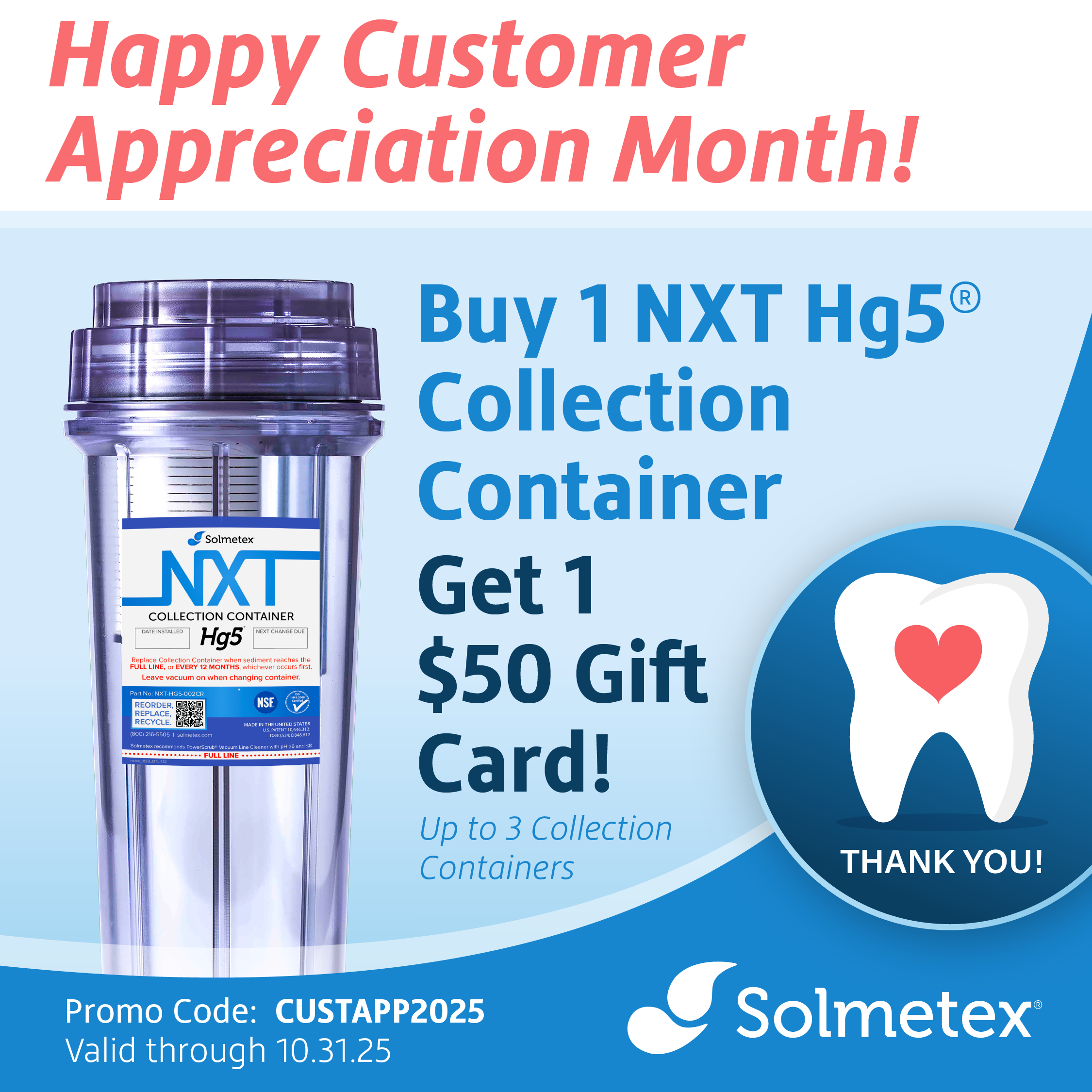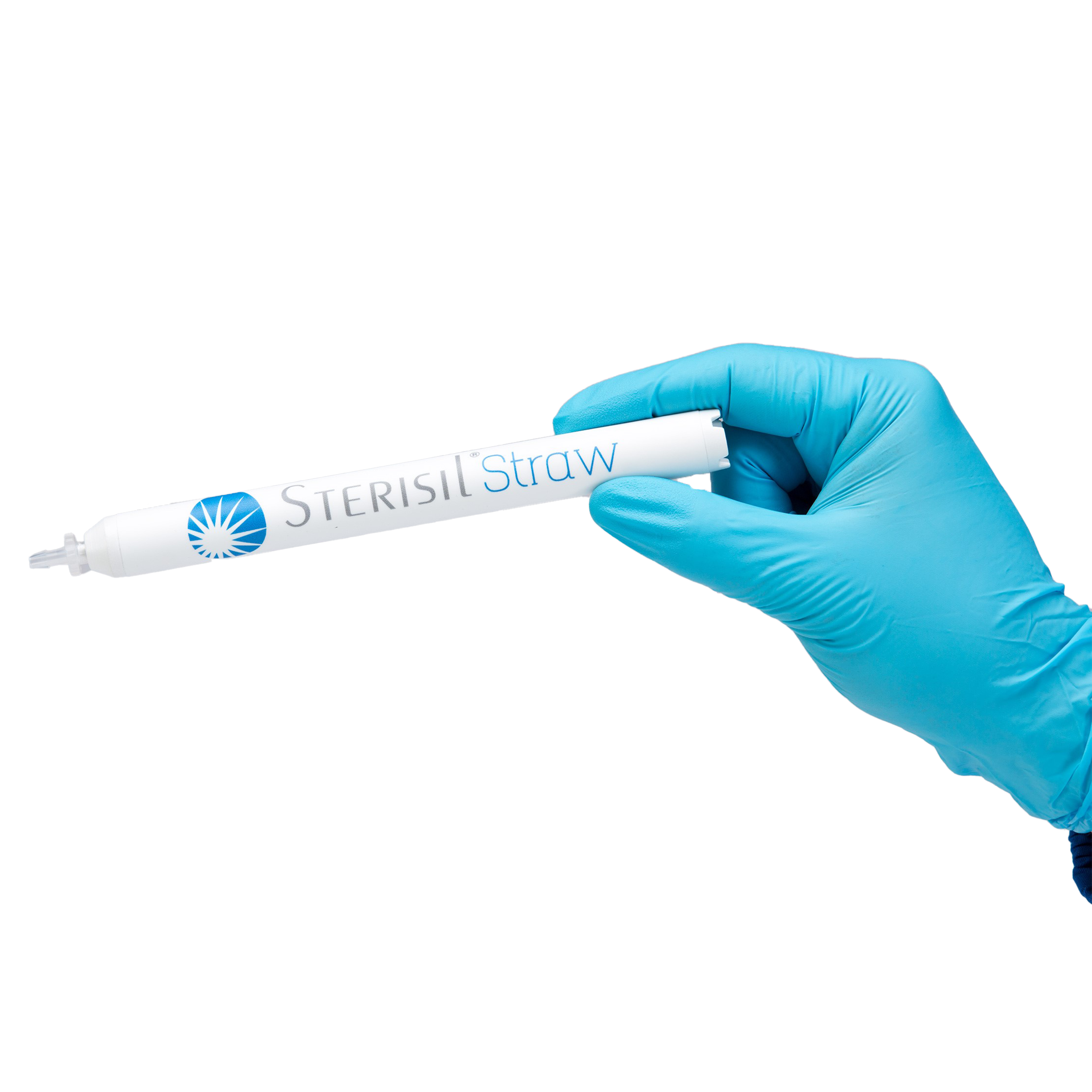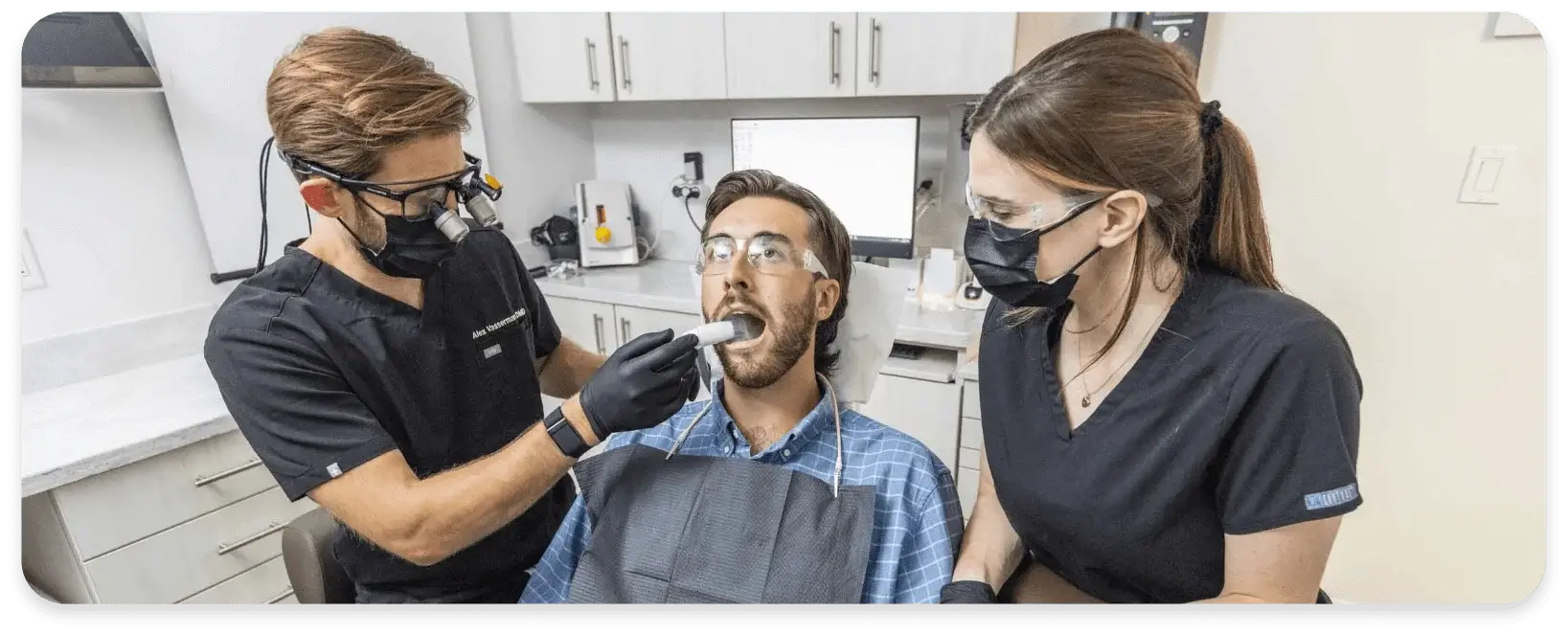Your cart is currently empty!
Videos and Tutorials
Watch informative videos about how to install and use the Solmetex dental water management solutions in your practice, as well as learn how our products work.
Upcoming Education
We’ll soon be publishing our 2026 Educational Calendar here. Bookmark this page to easily come back.
View Replays of the Past Webinars

What’s in Your Water? Waterline Safety Simplified

RDH Solutions Lab: Would You Pass the Test? What Waterlines Reveal About Your Infection Control Protocols
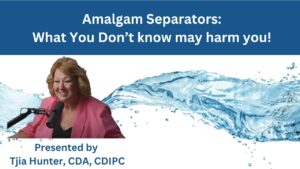
Amalgam Waste Compliance and the EPA Dental Rule with Tija Hunter
WATCH VIDEO
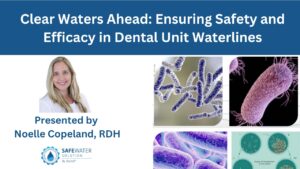
Clear Waters Ahead: Ensuring Safety and Efficacy in Dental Unit Waterlines (2025)
WATCH VIDEO
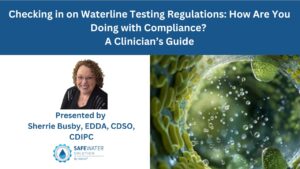
Enhancing Operational Readiness: Optimizing SOPs, Documentation & Continuity Planning (1 CEU Credit)
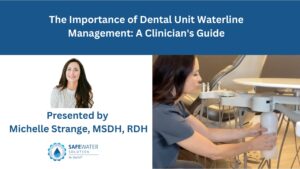
Would You Pass the Test? What Waterlines Reveal About Your Infection Control Protocols (1 CEU Credit)

Dental Unit Waterline Contamination: What’s in Your Water? (1 CEU Credit)
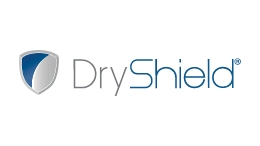
Who Should Use DryShield – Dr. Campbell
WATCH VIDEO

DryShield as Practice Mainstay – Dr. Castillo
WATCH VIDEO

Autoclavability with DryShield – Monet Francois, RDA
WATCH VIDEO

DryShield Makes Life Easier – Dr. Campbell
WATCH VIDEO

SIROWORLD Interview Panel on DryShield
WATCH VIDEO

DryShield on Pedo – Dr. Jeanne Nguyen
WATCH VIDEO

Procedures with DryShield – Dr. Young
WATCH VIDEO

DryShield Sterilization
WATCH VIDEO

DryShield’s 4 Keys to Success – Cleaning & Sterilization
WATCH VIDEO

DryShield’s 4 Keys to Success – Sizing & Placement
WATCH VIDEO

DryShield’s 4 Keys to Success – Patient Introduction
WATCH VIDEO

DryShield’s 4 Keys to Success – Installation
WATCH VIDEO

DiTolla Webinar Crown Seat Procedure
WATCH VIDEO

DryShield & Aerosols – Dr. Sully Sullivation
WATCH VIDEO

Dr. Joe Willardsen Crown Seat Procedure with DryShield
WATCH VIDEO

DryShield Introduction to a Pediatric Patient
WATCH VIDEO

Maximize Your DryShield Experience
WATCH VIDEO
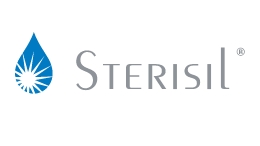
Sterisil System G5 Installation (Direct Feed Configuration)
WATCH VIDEO

Sterisil System G5 Installation (Bottle Fill Configuration)
WATCH VIDEO

Sterisil System G5
WATCH VIDEO

Sterisil Straw Evaluation
WATCH VIDEO

Sterisil Straw V2 Installation
WATCH VIDEO

The New Sterisil Straw V2
WATCH VIDEO

Citrisil Instructions for Use
WATCH VIDEO

Sterisil Complies with Amalgam Separators
WATCH VIDEO

Sterisil Products Are Safe, Simple and Smart
WATCH VIDEO
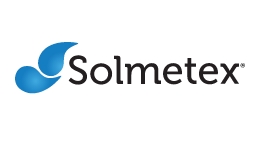
Dr. Scott Helle on Solmetex Products June 2018
WATCH VIDEO

Introducing PowerScrub Vacuum Line Cleaner by Solmetex
WATCH VIDEO

Solmetex NXT Collection Container Change-Out
WATCH VIDEO

Solmetex NXT Hg5 Amalgam Separator Installation video
WATCH VIDEO

How It Works – PowerScrub Vacuum Line Cleaner
WATCH VIDEO

How It Works – Solmetex NXT HG5 Amalgam Separator
WATCH VIDEO
Podcasts


Dr Bicuspid
DA NAtion Episode 389: Making Waterline Protocols Easy And Efficient For Dental Assistants
Learn more
DA Nation Episode 387: The Reason Dental Practices Get Shut Down
Learn more
DA Nation Episode 383: What you really need to know about your dental practice’s waterlines
Learn more
Sterisil launches 15-minute waterline test
Learn more
Deep dive into DUWLs: Previewing a series of interviews on dental unit waterlines
Learn more
Why understanding local water quality is critical for effective dental infection control
Learn more
“Tuesdays With Tony” Training Videos
Tuesdays With Tony: Why DO We Recycle Amalgam? Length: 0:38
Tuesdays With Tony: Should I Buy Single-Use or Autoclavable DryShield Mouthpieces for My Office? Length: 0:51
Tuesdays With Tony: What Do You Do When You Fail a Waterline Test? Length: 0:53
Water Matters Blog
Read articles written by our team and industry experts on all aspects of water in the dental office.
Check out our Latest Blogs…


